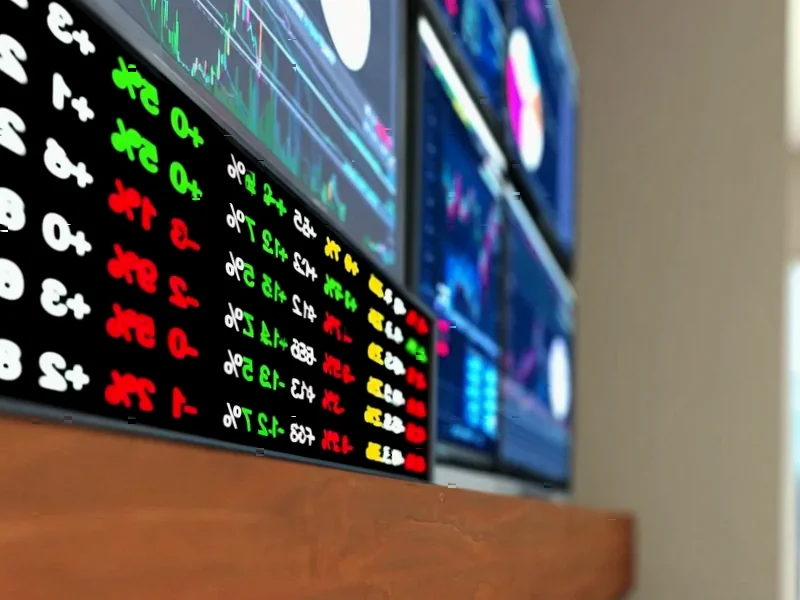According to Bloomberg Business, thematic indices are proliferating as asset managers identify new growth trends, with European defense emerging as a particularly strong theme. European defense spending reached €343 billion ($398 billion) in 2024, representing a 19% increase from 2023 and 37% growth since 2021, according to European Council data. Bloomberg’s Global Defense Index currently allocates 77% to industrial companies and 18% to technology firms, reflecting the sector’s technological transformation. The index construction process relies heavily on AI, machine learning, and specialized tools like Bloomberg’s TLTS function and ETF Strategy Optimizer to analyze competitive landscapes and optimize trading efficiency. This sophisticated approach enables rapid product development around fast-evolving themes.
The Defense Budget Gold Rush
The European defense sector represents one of the most compelling investment narratives of the decade, but the real story isn’t just the headline numbers—it’s the structural shift in spending priorities. While traditional defense contractors benefit from increased budgets, the smarter money is tracking the technological transformation within military procurement. Governments are increasingly allocating funds toward AI, cybersecurity, unmanned systems, and space technologies rather than conventional hardware. This creates a bifurcated opportunity: established defense giants with legacy contracts versus agile technology companies capturing the innovation budget. The 18% technology allocation in Bloomberg’s defense index likely understates the actual technological exposure, as many traditional industrial companies are rapidly acquiring or developing tech capabilities to remain relevant.
The ETF Product Innovation Arms Race
What Bloomberg’s analysis reveals is an intensifying competition among ETF providers to capture first-mover advantage in emerging themes. The ability to quickly construct and launch thematic ETFs has become a critical differentiator in the $8 trillion ETF market. Providers using advanced analytics can identify theme saturation points before competitors, allowing them to either pioneer new categories or create superior versions of existing themes. The TLTS function Bloomberg mentions represents just one tool in an increasingly sophisticated arsenal that includes natural language processing of executive transcripts, sentiment analysis of media coverage, and predictive modeling of private market investments. This technological edge enables providers to charge premium fees for precisely targeted exposure, creating a virtuous cycle of product development and profitability.
The Data Advantage Economics
The real business story here isn’t about thematic investing—it’s about data monetization. Bloomberg and other financial data providers have discovered that the most lucrative opportunity lies not in simply reporting market data, but in creating proprietary analytical tools that become essential for product development. When asset managers pay six-figure sums for terminal access plus additional fees for specialized functions like TLTS and ETF optimization, they’re essentially outsourcing their R&D to data providers. This creates powerful lock-in effects: once an ETF issuer builds their product development workflow around specific tools, switching costs become prohibitive. The thematic index boom thus drives recurring revenue growth for data providers while forcing asset managers into increasingly sophisticated—and expensive—analytical arms races.
The Private Market Frontier
The most forward-looking insight from Bloomberg’s analysis concerns the coming integration of private markets into thematic indices. Currently, most thematic ETFs track public equities, but as the article notes, this provides an incomplete picture of innovation exposure. Companies increasingly use strategic investments in private startups to position themselves within emerging themes without the disclosure requirements of public markets. The next frontier in thematic investing will involve creating indices that blend public and private exposure, potentially through custom baskets or special purpose vehicles. This evolution could fundamentally change ETF structures and create new regulatory challenges, but it also represents a massive untapped market for providers who can solve the liquidity and valuation problems inherent in private company exposure.




